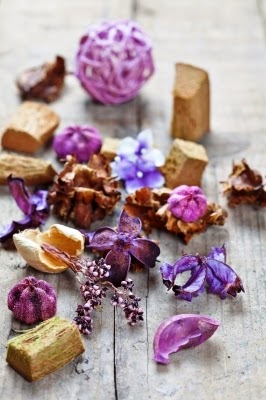One of the most dreaded household cleaning tasks is cleaning
glass. So many things can go wrong with
cleaning glass. You squirt, you spray,
you wipe, you polish and when you step back to admire your hard work streaks
and lint give you the stink eye. What
sent wrong? Here are some tips for
cleaning glass:
Cleaning
Glass – Use the Right Tools
What are you using for your cleaning agent? To start with, make sure that no matter the
cleaning agent, you use distilled or reverse osmosis water to rinse or as part
of your cleaning mixture. Tap water
contains calcium, lime, magnesium and other minerals that can leave a haze
behind. Also, make sure your water is
never super hot or cold. Otherwise, your
glass could crack.
Use a squeegee when washing outside windows. It will make the job so much easier.
 |
artwork courtesy vectorlie
|
Do not clean or buff with paper towels. Paper towels leave behind lint. When you are
cleaning glass you don’t want to leave lint behind. If you want to use paper, use newspapers or
newsprint paper. If you use newspapers,
be sure to wear gloves to keep the ink off your hands.
Microfiber towels are great for cleaning glass, but
expensive. A tee shirt in good condition
will work as well.
Use a steam cleaner to clean glass without chemicals. Many of the newer steam cleaners have
attachments for cleaning glass.
Best Agents for
Cleaning Glass
You do not need to buy the blue stuff in the bottle to get
glass that is clean and shiny. You can
make several glass cleaners from things you already have around the house.
One of the most common DIY glass cleaners is white
vinegar. Make a mixture with a ratio of 50/50
vinegar and distilled water.
If the smell of vinegar bothers you, use a 50/50 mixture of
alcohol and water and spray on glass.
For particularly dirty outside windows, you may want to use
ammonia and water. Remember that ammonia
contains soap. Soap leaves residue. Residue is what makes streaks and smears. If you use an ammonia solution rinse
thoroughly.
Use the Right Procedure
for Cleaning Glass
How you clean can be almost as important as the cleaning
agent you use. Do your glass cleaning work on low humidity days. This is especially important in South Florida during the summer. If it is too humid, your cleaning solution
will never evaporate. Trying to wash
outside windows on a humid day is an exercise in futility. A cloudy day is better than a sunny
day. The higher the temperature, the
faster your cleaning solution will evaporate and leave streaks.
Work fast and buff streaks before they get a chance to form.
Clean in different directions on different sides of the
glass. Use an up, down motion when
cleaning on one side, use a back, and forth motion on the other. This will make it easier to find out on which
side the streak lies.
Clean
from top to bottom
When
cleaning outside windows, first wash with soap and water then rinse. Once you
have the heavy soil removed, spray glass cleaning solution and squeegee clean.
When
cleaning inside windows, put a towel down in the window sill to protect it from
any dripping cleaning solution.
Cleaning Cloudy Glass
Sometimes
your glass wear will get a foggy appearance.
This is commonly caused by a buildup of calcium and other minerals from
the water. Sometimes this cloudiness can
be removed. However, if it has become
etched in the glass, you might not have success. But it is certainly worth a try. If you use ammonia
you must rinse, but it will clean cloudy glass.
If the cloud is on the inside of the glass or vase, fill
with a mixture of ammonia and water and let stand for a few hours. Then lightly scrub and rinse thoroughly.
For clouds on the inside of the object, fill it with water
and drop in a denture cleaning tablet.
This will also remove mineral deposits from toilet bowls!
If the clouds are on the outside of the glass, you can spray
with Dow Tub and Tile Cleaner or Lime Away.
You will need to do some scrubbing, so be sure to use a light touch and
circular motion. When you finish, rinse
thoroughly.
If you have the right tools and use the right process
cleaning glass doesn’t have to be a big chore.
However, remember if despite your best efforts you get a streak, it can
always be buffed away with a chamois cloth.











